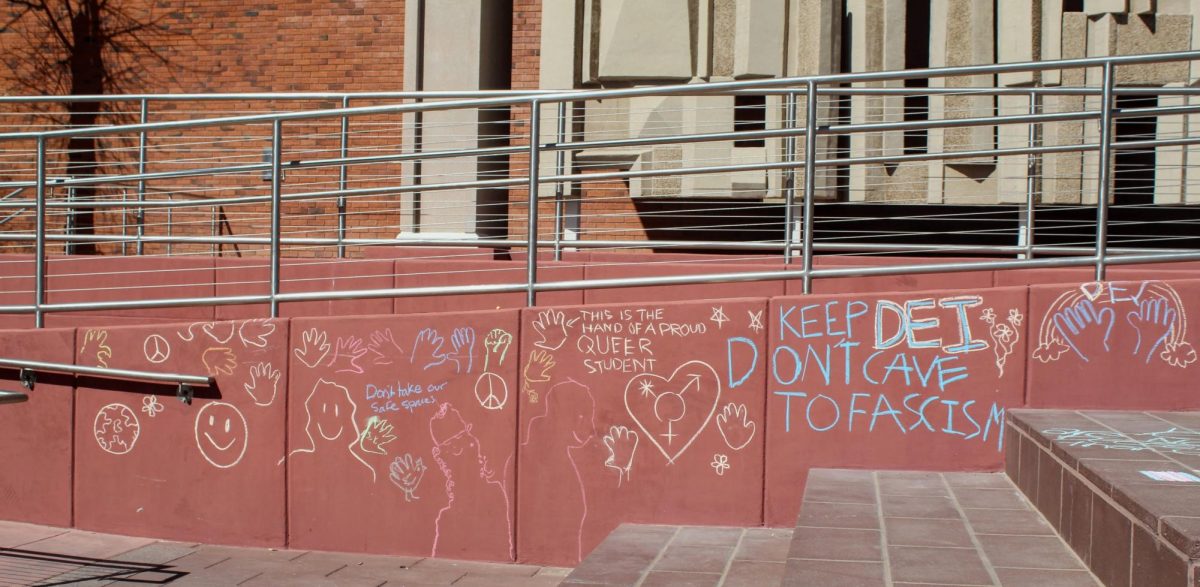UA students are working on a solar-powered device to help the Navajo community obtain clean water.
Graduate students of the Department of Chemical and Environmental Engineering are creating a solar-powered water supply that will provide clean water for Navajo Nation Native Americans living in a remote area about 20 miles north of Route 40, between Flagstaff and Winslow, Ariz.
The water the tribe currently has access to has high levels of sodium and is not ideal for drinking, said Vicky Karanikola, a graduate student in the Department of Chemical and Environmental Engineering.
“The sodium content is not as high as sea water, but too high for a stable drinking water source,” said Bob Arnold, an instructor in the Department of Chemical and Environmental Engineering.
The apparatus in development, called a solar distillation unit, is currently being built in the Civil Engineering building; it is about 8 to 10 feet in height and 6 feet by 6 feet wide.
“The idea is the water [is] being pumped through a membrane that is heated by solar power, which distills out the sodium through evaporation and, in the end, leaves them with potable water,” Karanikola said.
Although Navajo community members are not directly consuming the saline water, their cattle are, because they can’t afford to travel back and forth to retrieve water both for themselves and their cattle, Arnold said. The tribe gets its water from communal wells and, to many Navajo, this journey to the wells has become an essential part of their life, he added.
The Navajo community travels about 50 miles three times a week to get water, said Andrea Corral, a graduate student in the Department of Civil and Environmental Engineering.
The United States Bureau of Reclamation initiated the project to develop a local supply of clean, drinkable water.
“[The bureau] came to us with a proposal basically asking, ‘Can you provide pure water from saline groundwater in a place that’s off the grid?’” Arnold said.
The students have since teamed up with Cogenra Solar, a solar cogeneration company, which is providing the solar panels for the project.
“[Cogenra has] already installed a solar collector [in the Navajo community] that produces both electricity and heat, and we need both in order to run the device remotely,” Arnold said.
The Navajo community is called “off the grid” because it is not included in the state’s water and electricity supply. The Navajo do not have access to these commodities and have to fend for themselves, Arnold said.
“We hope that this is something that they choose to implement in their community after we introduce it,” Arnold said.
The College of Environmental Engineering is hosting an event called “Seeking Water From the Sun” that will showcase its quest for clean water on Friday. The event will include a panel to answer questions about the project, featuring representatives from the UA Renewable Energy Network, the U.S. Bureau of Reclamation and Cogenra Solar.
“The event will bring awareness about water issues at the Navajo Nation,” Corral said, “and how the project partners have come together to find an innovative solution.”
“Seeking Water From the Sun”
Friday, 3:30 p.m. to 5 p.m.
Student Union Memorial Center, Gallagher Theater
– Follow Adriana Espinosa @adri_eee









